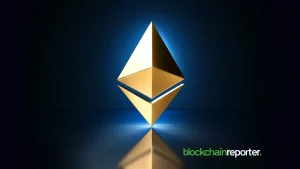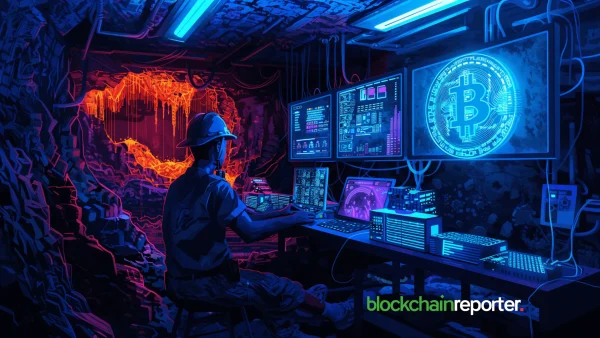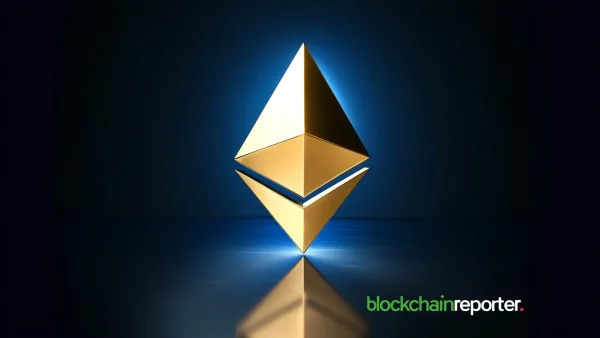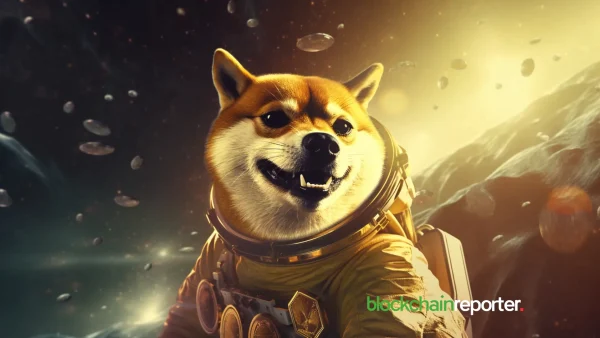
Gaming has been among Web3’s biggest adoption drivers in recent years. It lets users reap the upsides of on-chain ownership, community-led revenue streams, and decentralized tech while having fun. That’s why gaming commanded 28% of the total dApp activity in February, with 1.9 million daily unique active wallets on average.
Playing blockchain games and owning in-game assets is one way to capitalize on this revolution. But it’s not something everyone can or wants to do. The Decentralized Gaming Income Token (DGI) is a perfect solution for that, letting users earn passive rewards based on the success of blockchain games like Big Time and others.
DGI’s pioneering approach combines gaming, staking, and artificial intelligence to transform how users interact with and benefit from Web3 games. It unlocks novel rewards and business models, shaping the future of interactive entertainment.
The project has thus become much more than a gaming guild, attracting over 10.2K active on-chain wallets, $3 million in annual revenue, and a market cap of $80 million in eight weeks.
From gaming to staking and beyond
Like most great things, DGI’s evolutionary journey involves multiple phases. It initially focused on generating a sizable revenue through investments and partnerships with high-value gaming platforms and assets.
Big Time, for example, is a solid proof of concept for DGI’s guild-backed staking mechanism. With over $100 million in NFT sales, Big Time is among Web3’s most revenue-producing and widely adopted games. GAM3 Awards named it Game of the Year and the Best Adventure Game in 2022. And it’s the most-streamed web game on Twitch.
Besides partnerships, the project acquires high-potential games and develops new titles in-house, infusing its unique, player-centric innovation across the board. As of March 2024, the Decentralized Gaming Guild backing DGI’s development has partnered with five Web3 gaming projects, acquiring another three, and is developing three more.
DGI is now perfecting and scaling its community-centric model. Stakers will earn rewards off of the revenue from the partnerships and investments mentioned above. Staking rewards will increase as the portfolio backing DGI expands in the subsequent phases. DGI will become a lucrative game studio token, signaling membership of a vibrant community built around games that are fun and highly rewarding.
Moreover, revenue and accessibility will reach new heights when DGI’s partnership with a revolutionary AI gaming engine goes live later this year. It’ll democratize game development—anyone can build high-quality games by simply describing in-game asset types, functionalities, revenue models, and other gameplay aspects in ordinary human language.
The DGI community will benefit optimally from this partnership; it will be a heightened game-making ability through staking rewards, special access, etc.
DGI lowers Web3 gaming’s entry barriers
Web3 gaming has been a mainstream adoption magnet. But it’s still in the early stages of development. Most existing Web3 games have an inferior UX and functionality set compared to their traditional Web2 counterparts. Moreover, regular hacks and scams make many gamers unsure about entering the space, even if they’re not altogether skeptical.
These challenges are mostly technical. The UX, for example, will improve when blockchains are more scalable as a whole. L2s and other scalability solutions are coming around, but the tech stack will need some time to reach its full potential.
However, that doesn’t mean users need to miss out on the Web3 gaming revolution that’ll account for a sizable chunk of the digital gaming industry’s projected $280+ billion revenue for 2024. DGI enables them to reap the economic benefits without the risks of participating actively in a volatile, emerging industry.
Anyone can buy DGI from DEXs or CEXs like Uniswap, MEXC, and Bitget to get their share of the gaming industry’s success by staking. It’s passive, but rewarding—i.e., the best combination.
DGI’s Guild-based staking and rewards sharing model also aligns incentives for developers and users in the ecosystem. Gaming projects under the DGI banner must remain committed to user-centric models. By doing so, they’d have adequate and sustained access to funding, support, and other resources to build competitive titles. Moreover, the partnership with the AI engine will further enrich the space and promote innovation by letting anyone build futuristic, high-value games.
The community, for its part, will receive a direct share of some of the gaming rewards when these games excel and Web3 gaming thrives as a whole. It rights a historical wrong where gamers and end-users—i.e., those who’re the main reason any game is valuable or popular—have been exploited and disadvantaged by mega gaming studios.
Overall, DGI will fuel grassroots participation and growth in Web3 gaming. With time, this’ll rise on the mainstream and become the norm in interactive entertainment. Value, economic or otherwise, will flow fairly, in a circular manner necessary for self-sufficiency and sustenance. It’ll lead to an equitable future where every participant receives their due.









